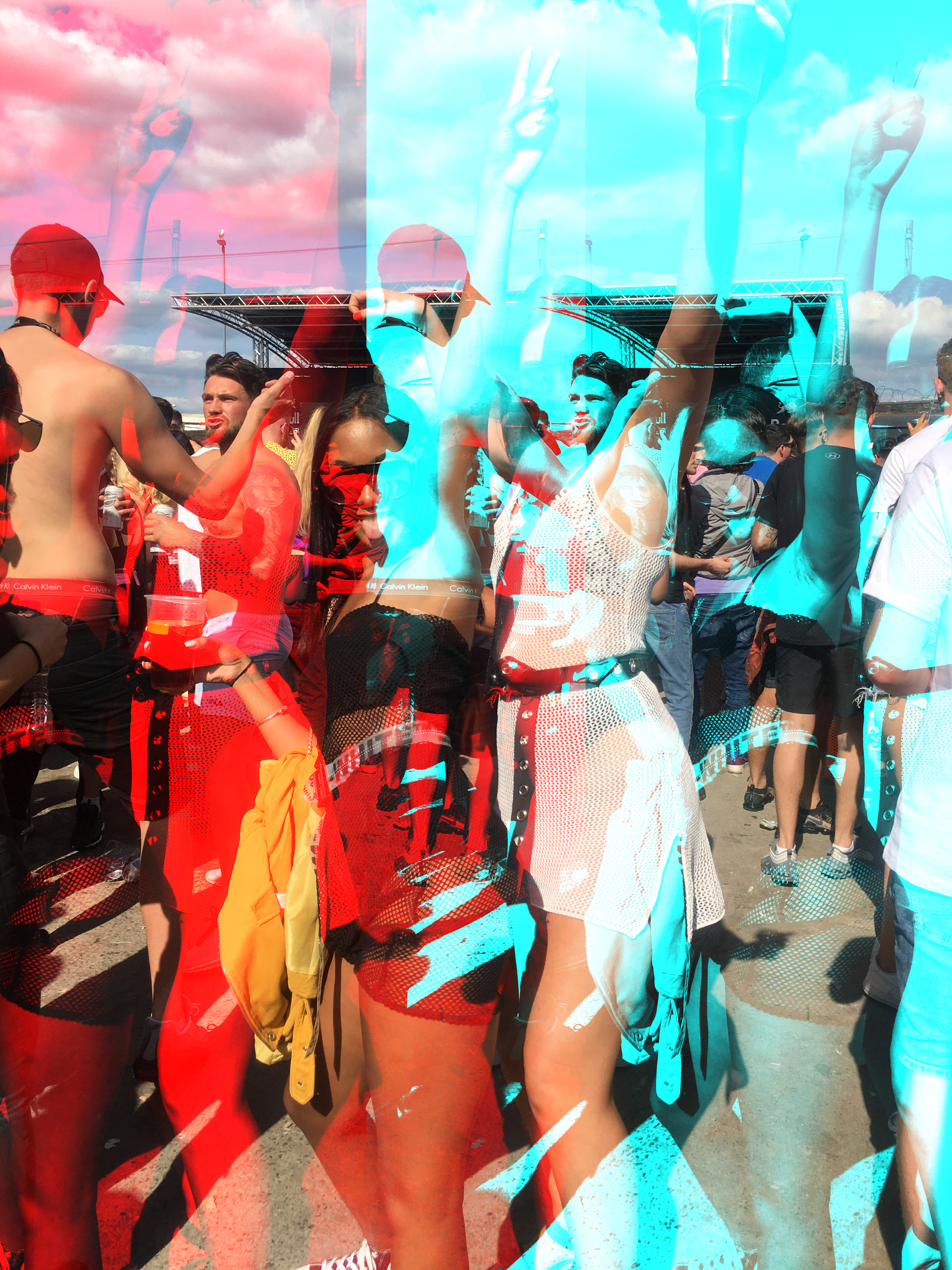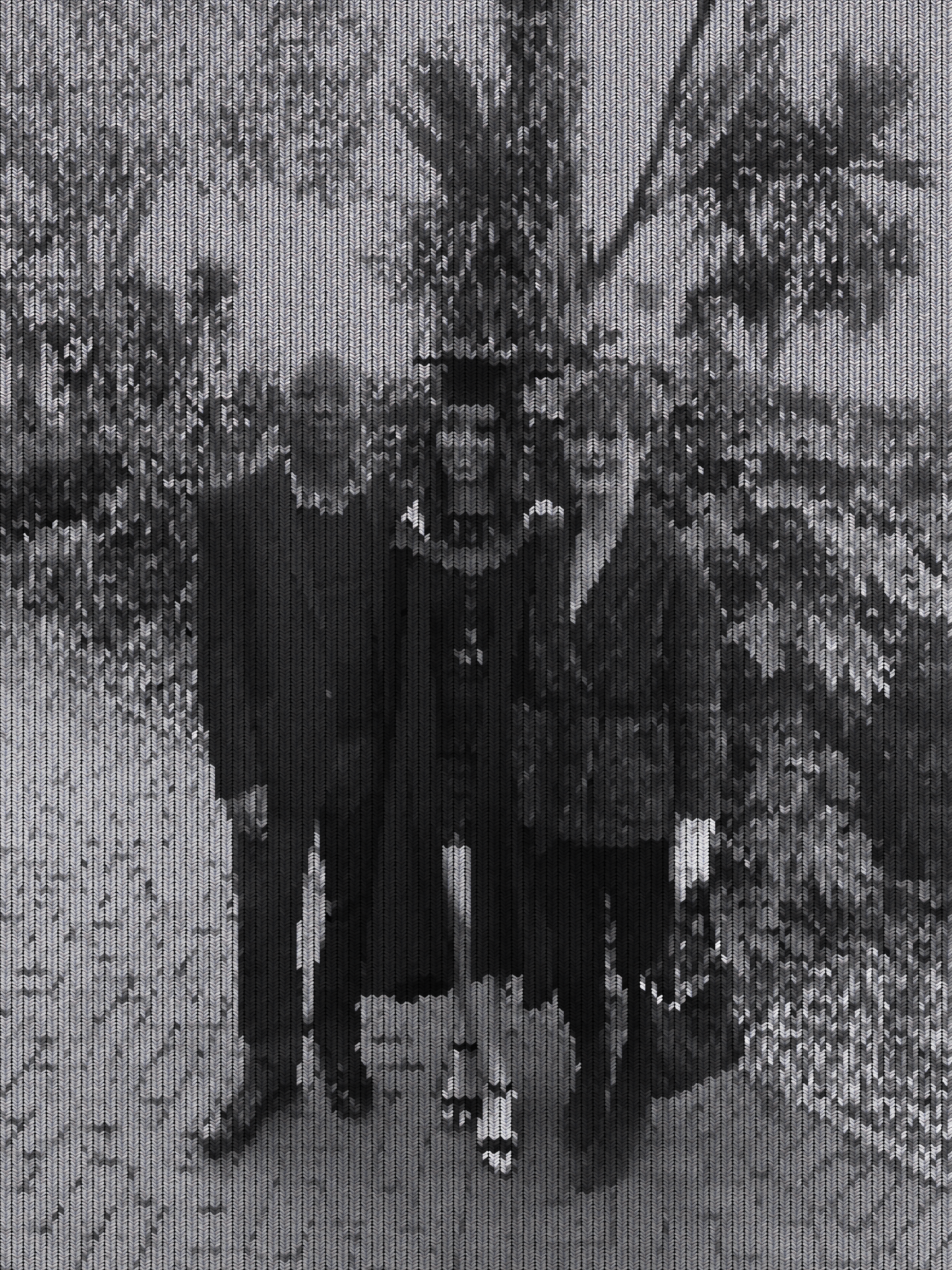Overall I am really happy with how each of my images have turned out each photo has a individual story and meaning behind it which was really what the project was all about. The aim for me wasn’t to solve my question of wherever our memory is effected by photography in the digital age. But to open up discussion wherever to how I personally evoke my memories in the digital age. This is the final post before I submit. Today has been focussing on last minute tweaks to the project experimenting with the order of the images how long I want the images to be along with the sound. Overall I didn’t really expect this was going to be the outcome of the project as at first there was no clear vision of what I was going to create. The idea and concepts was there just not the final piece. Although I am now really happy with what I have produced.
On dust: Memory as performance
By Natasha Lushetich
My other module photography and visual culture has allowed me to visit some interesting concepts on Dust and how it ties in nicely with my work on memory and photography, here are some interesting ideas from Natasha Lushetich work which I will explain how this works nicely.
Difficult to clarify triggers confusion and uncertainty- in terms of my project it allows me to question wherever sometimes memories can be blurred when we see photographs the dust may present the past and this is how it may trigger confusion, The dust works as a barrier.
Instrument of chaos
Dust gathers in the absence of movement action and interaction it may enable memories as what is covering revealing the truth and could as reveal a specific story from an image.
Dust both creates past traces in a manner that dosent impose its presence- could we link its past presence with past memories? the dust represents the memories that we leave behind. Say each layer of dust is built up over a number of years the longer we leave it the more distant our memories become.
Another way to describe dust is a process or formation that activates nostalgia- the dust can represent time that something / images have been left.
It represents the past the perception of what could of been. Relationship between dust and what it covers- Is the dust acting as a barrier to let you in and experience your own personal memories with what the dust is covering/ hiding?

DESIGN PROCESS THINKING..
This post is to document my process with the design process and how i’ve started to think about how I will present my images. I began by working with my images on I movie and presenting them in a slideshare format. Most of my images are portrait so automactically the images pan as they become moving images. I can also have the images to fit screen and also add text for example the date and location of where the images were taken. This decision was taken after realising that my idea of having the museum of memory on Klynt was far too complex and confusing. Whilst playing around with the system I decided that this choice wasn’t really a option for me. This is because I didn’t want this to be something that view had to necessarily physically engage with. As a result I noticed that my images had a lot of depth to them and the detail means that you have to carefully absorb them. This is where I believed that I wanted the way in which I present these images to be as simple as possible and not too busy confusing and complex. So the reasoning behind this is because when I visited the slavery museum in Liverpool there was a exhibition which involved walking into a sheltered area kind of like a section of room. This meant you had to enter one side and exit on the other side. In there was a display of large screens that was displayed on now side of the room. The inspiration that I gained from this was to have this be the basis of what my slideshow of images would be represented as. So for example when you walk in the screen will have displayed ” you have entered the museum of memory” as you walk out the last clip will show ” please exit the museum of memory.” The slideshow is not long as it is consists of a few seconds per image. Aside from this the sound archive will play on a surround speaker filling the room. I felt like this vision really helped me develop my idea and how I would view the images.

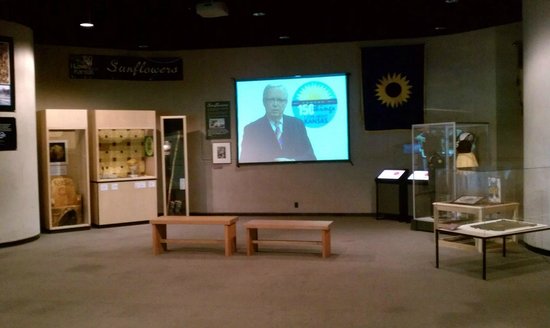
IMAGE DIGITAL CORRUPTION
After taking a real liking into Diane Meyer work I really was influenced to embody some of her design into my final images. Ive began to think after my asset tutorial that what could be really effective is using the idea of corrupting a image. Ive looked into this and this is what I have found from my understanding. A image becomes corrupt when the software is unable to read the data this results in you not being able to see the file or even access it. You may notice disoriented coloured bars that overlay the screen in a disfunctioned manner. This is also what is known as a glitch. So how as a result of this I’ve started to think of how this can be applied to my photos. I believe that the image corruption could act as a metaphor for where your loss of memory is forgotten through digital photography and this is what the glitch represents. I actually really like the way a image corruption looks in terms of the project as I believe I can make it look quite edgy and artistic. I have began to play around with creating these glitches just by using a image of the sky. Further development in creating a few more images is yet to come.


ECHOIC MEMORY
echoic memory is the sensory memory of sounds used to register auditory information. Unlike visual visual memory that our eyes have to scan over and over our echoic memory is stored and lasts longer. The audio passed to the ear is formed one by one for example listening to the radio in comparison to reading a magazine over and over.
It never really crossed my mind how important sound was when it came to our memory and how useful it really was. So for example this is why we can familiarise ourselves with song lyrics so easily because we can remember sound a lot more easier. So when I discovered I had a home video that was put together by my grandad on a old video camera it really enlightened me how I could use this sound. For me it personally brings back so many memories from my childhood. I never realised how much certain background noises really made a impact on how I visually recalled the the video. It allowed me to engage and connect with it emotionally as I can see the happiness me and my siblings had as children growing up. Sounds such as little giggles and messing around made me really reflect back on these precious times. Id even say things like background conversation involving my parents and grandparents was really interesting. This is because as a child I was never really aware of topics of conversation or even what my parents would be talking about, as I was probably so focused on what my siblings were doing or having fun. So after this election I wanted to recognise how I could emerge these thoughts into my project. Ive decided to get images of old photographs and use sound from the home movie to play over the photograph so the viewer is able to visually engage with the photograph and then have the effect of the sound playing on top.

Asset tutorial Prep and Progress
This week I have began preparation for the assists tutorial by starting to experiment with some archive images and images that I have recently taken for the project after having some feedback from peers in the sessions, it was apparent that a good way of showing memory fading was to create an idea of layers of transparent images on top of each other. As a result I’ve spent time on photoshop to create a now and then image of when I was younger to now. As a result of this it shows a layering of images blended together to create one I feel as if this is really subtle but also effective way of showing my idea well. I really like the way that these have turned out as it follows the idea of a photo illusion/ abstraction. It in way tricks the mind into thinking and seeing in a certain way. As one of the aims for my project was to create images that not only carried across my idea but were visually engaging. The meaning behind these images are that the the old baby photographs are slowly become distant memory of past and forgotten due to the apparent rise in popularity of digital technology.
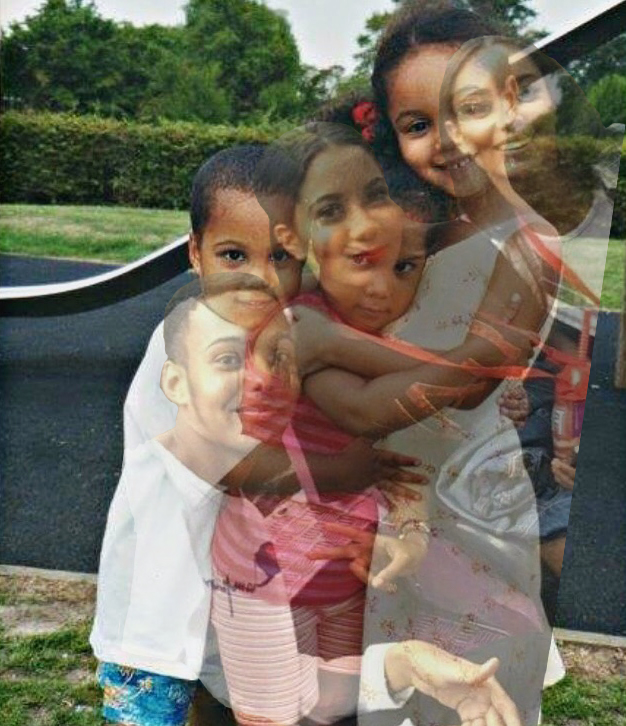


After the Assest tutorial it really prompted me on where to go next with the next steps of developing and finishing the project. We decided next steps for me was to look at ways we can corrupt a image. I like the idea of creating images that evidently have glitches meaning that there is a sudden malfunction or fault. In relation to my project this for me means a sudden loss of memory in the digital age.
The next step is to begin to complete a set of images that I’m completely happy with and once I am I can begin to look at the design process in which I will display these images this can either be on their own or a interactive piece I will begin to have a play around see what I think works best.
ROLAND BARTHES MEMORY AND MOURN
Barthes argues that a photograph dosent signify a memory meaning that memories aren’t always just images and sometimes smells and sounds. This leads on to my idea on including a sound archive from a old home movie that was created when me and my siblings were younger. Barthes also argues that a photograph is a counter memory which blocks real memories, he believes that the images becomes full and crammed and nothing can be added to it. Although is challenged by the idea that it depends on the relationship between the photograph and the beholder. In Camera Lucida he hopes to connect and analyse his insights about the photograph and how the photograph connects to memory and reality.
The beholder is the person who looks at the photograph which is the primary relationship. The secondary relationship is the how the beholder relates and feels towards the photograph. This could mean that they are the photograph and can connect because they were present in the image making. Or it could be someone who is completely disconnected who hasn’t seen the image before.
” THE MEMORY MAY NOT ALWAYS EXIST FOR THE SUBJECT, BUT IT MUST ALWAYS HAVE EXISTED FOR THE PHOTOGRAPHER OR THE OPERATOR, WHO DEEMED SOME FACET OF THE MOMENT APPROPRIATE FOR CAPTURING.”
Barthes acknowledges the idea of personal memory, sometime you may look at a photograph and feel completely disconnected and may not feel or remember anything by looking at the image. The reality of the event may be blurred this could be for simply many reasons. For example a photograph of you as a baby you are simply too young to have any recognition of the reality of the event, and another could be a form of cognitive offloading that I have previously mentioned before and simply allowing the camera/ technology to do all the work, so your not as present in the moment.
Joachim Schmid
Is a artist in Berlin who is obsessed with not making photographs but making them. He will search for photographs that look particularly ordinary and are discarded mainly found in landfills, to then use them create a new purpose and meaning. He is not a photographer as he doesn’t carry a camera with him. He looks at them and is curious but he is extremely selective as not everyone is interested in every part. Eventually small number is selected it started in 1982 he was curious as to what photographers include as it a lot more than art photography. Joachim said he found a snapshot in the street and he thought how distressing that someone had dropped it in the street it must be so bad and disturbing, however this is exactly the opposite of what the museum does. It turned into a nearly obsessive activity of roaming the streets and looking through peoples rubbish. After doing this for several years he decided to this a little more systematically and visit particular places he listed the amount of items found and where they were found sometimes he found a lot sometimes not so much as this was particularly unpredictable. He considered how many were in black and white how many were in colour, torn up or in colour. He said it was amazing to see the amount of energy that went Into the human disruption of these photographs, so there must be a reason for that and this triggers imagination, the physical presences adds to the way you feel about the photograph. The idea of the museum is to preserve the images. With the arrival of digital photography he quotes that people are more likely to hit the hit the delete button, then tear up real life photographs which is making it harder for the artist.



How to preserve your Digital Memories
Continuing to think…
The way in which we see and make photos has changed the way we see photography due to technology. We are taking photos much more casually and perhaps naturally due to our access of technology and how easy it is to do so. This is why we are taking more photos than ever. ” But it doesn’t mean we’ve stopped taking photos of things we care about. In 1960, 55% of all photos taken were of babies. And today 67% of parents still photograph their children weekly.” Mark Lloyd.
This may be part of the problem. You usually need to develop the photos from a camera, or at least upload them to your computer and sort them. But with phones it’s tempting to just leave your photos there, collecting virtual dust.


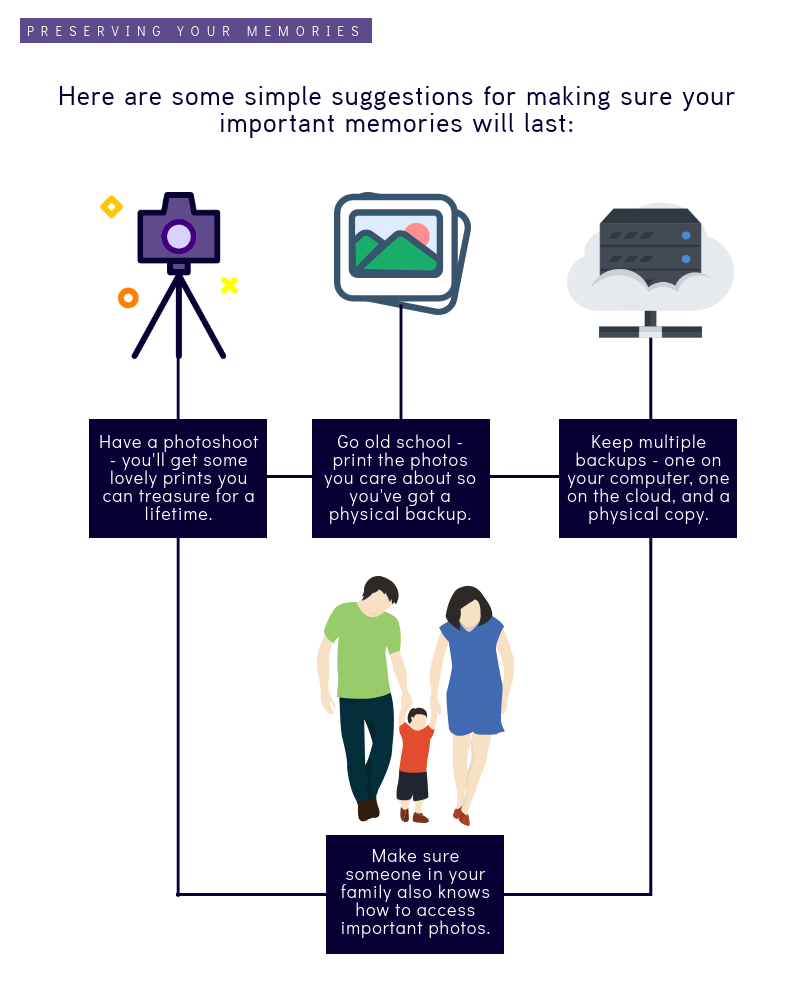
Is the purpose of taking personal photographs changing? I believe that idea of printing out photos into whatever form isn’t completely done with. I continuously each year using the idea of printing off photographs as the best gift idea. Wherever that be a personalised calendar, photo mug or album these still hold such sentimental value to many people. Now days you could consider the idea that people take photographs for entertainment value, in terms of social media are people posting what they think other people want to see. Wherever that be a photo of a meal at a restaurant or landmark at a famous venue I wouldn’t consider these personally as sentimental values, although it does as such create a memory are these photos being stored forever to keep or deleted pretty much immediately. This is something that I have been starting to consider and is the reason why print photographs aren’t as popular is because its value and purpose isn’t the same as it used to be, especially as digital technology is developing and becoming much more accessible.
Idea process

Beginning too start to experiment with images I’ve taken how can I show the faded memories ?
- Using sound archives from a home DVD use the most relevant clip that I find most interesting. Use the sound over my final piece to bring back certain memories from the image.
2. Use Klynt to present this. For example use the idea of “ the museum of memories” this will be personal to me it could follow a time line or be interactive piece where by you click on a image to learn more about it. - Set of images that show faded memories through digital photography this will involve using images taken daily to show parts of it missing. This will representing part of your memory forgotten by looking at the image.
3. Recreation of childhood images in the same location of where the original photo was taken. Do I feel anything different from being in the same place does it bring back any memories ? - Work with editing and being able to tweak images to change and invent a new meaning. This could be interesting to see the power of editing and how it can make you see and feel something different.
4. photoshop to edit these images professionally - ideas from cognitive offloading with he camera doing all the work
- Polaroid’s do these make us feel any different when looking at a photograph, nice keep sake
potential design ideas
- Using recent digital photos that involve gaps and blurred out parts
- the idea of a jigsaw piece and missing parts it Dosent feel complete.


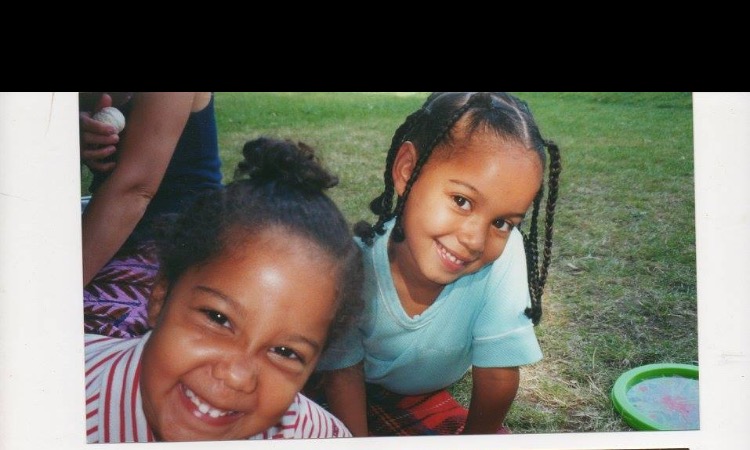

The last who image one is taken on a camera the other on a mobile phone, one is edited does the create a new meaning? Is it less authentic?






